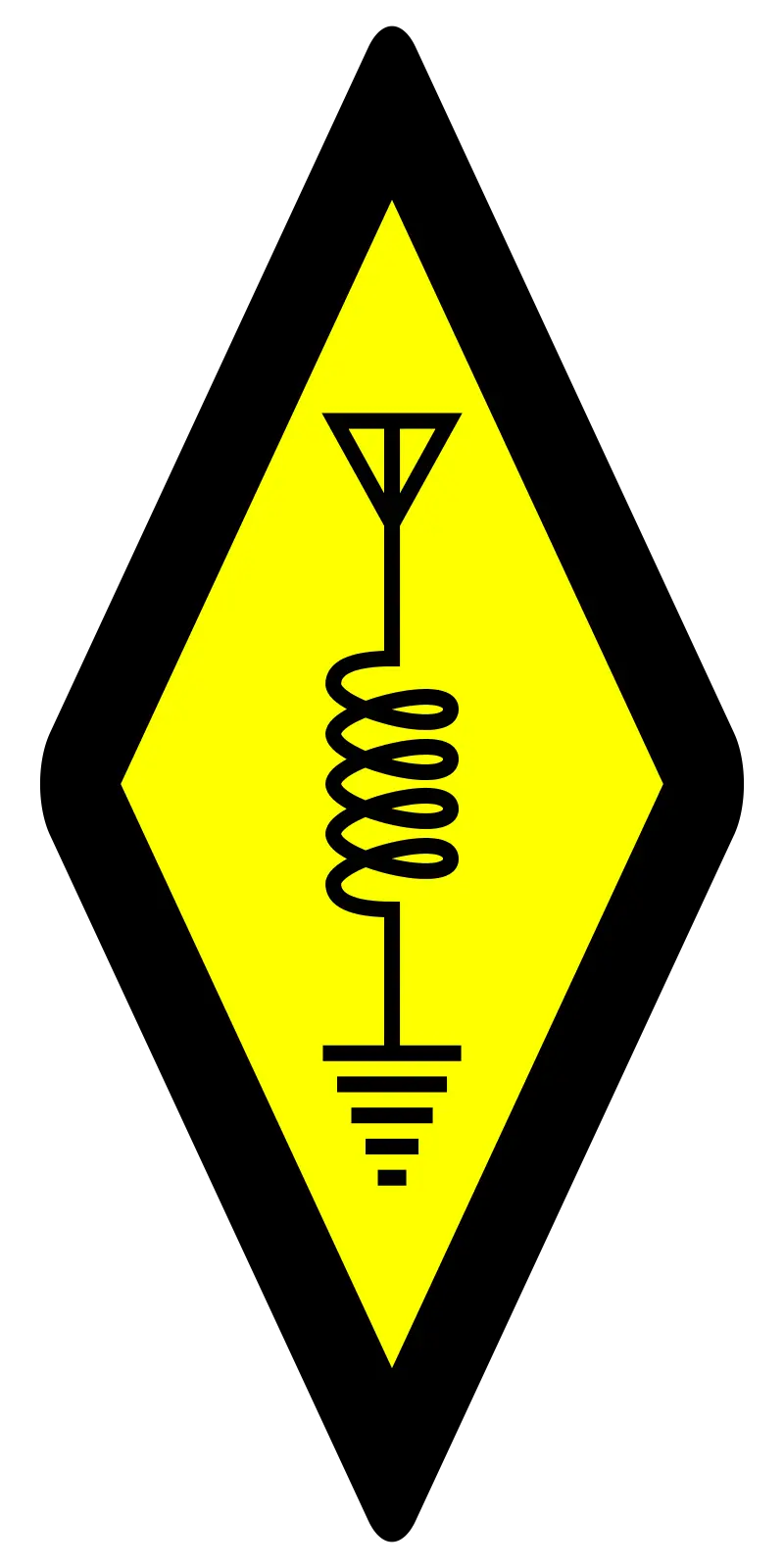13
Strong wideband S-band emissions have been detected from satellites associated with the Starshield constellation. These emissions, centred within the 2025–2110 MHz band allocated internationally for Earth-to-space and space-to-space links, exhibit Doppler characteristics and power levels consistent with direct space-to-Earth transmissions. Using orbital solutions derived from community-maintained Two-Line Elements (TLEs) and open-source signal analysis tools, the observed carriers align with line-of-sight velocities for ~70° inclination, ~14.97 rev/day orbits. The signals span tens of megahertz in bandwidth, are coherent and Doppler-clean, and remain detectable well into antenna side-lobes—properties inconsistent with deep-space or cross-link activity. The study summarizes the observational methods, spectral findings, and international regulatory context, emphasizing ITU Radio Regulations, which restrict downlink use in this band. These results raise questions about frequency-allocation compliance and the broader need for transparent coordination among governmental, commercial, and scientific stakeholders. The work is presented as a verifiable, public-interest observation and invites independent replication and analysis.


That would be the US military. These are Starshield satellites, not Starlink.
https://www.spacex.com/starshield